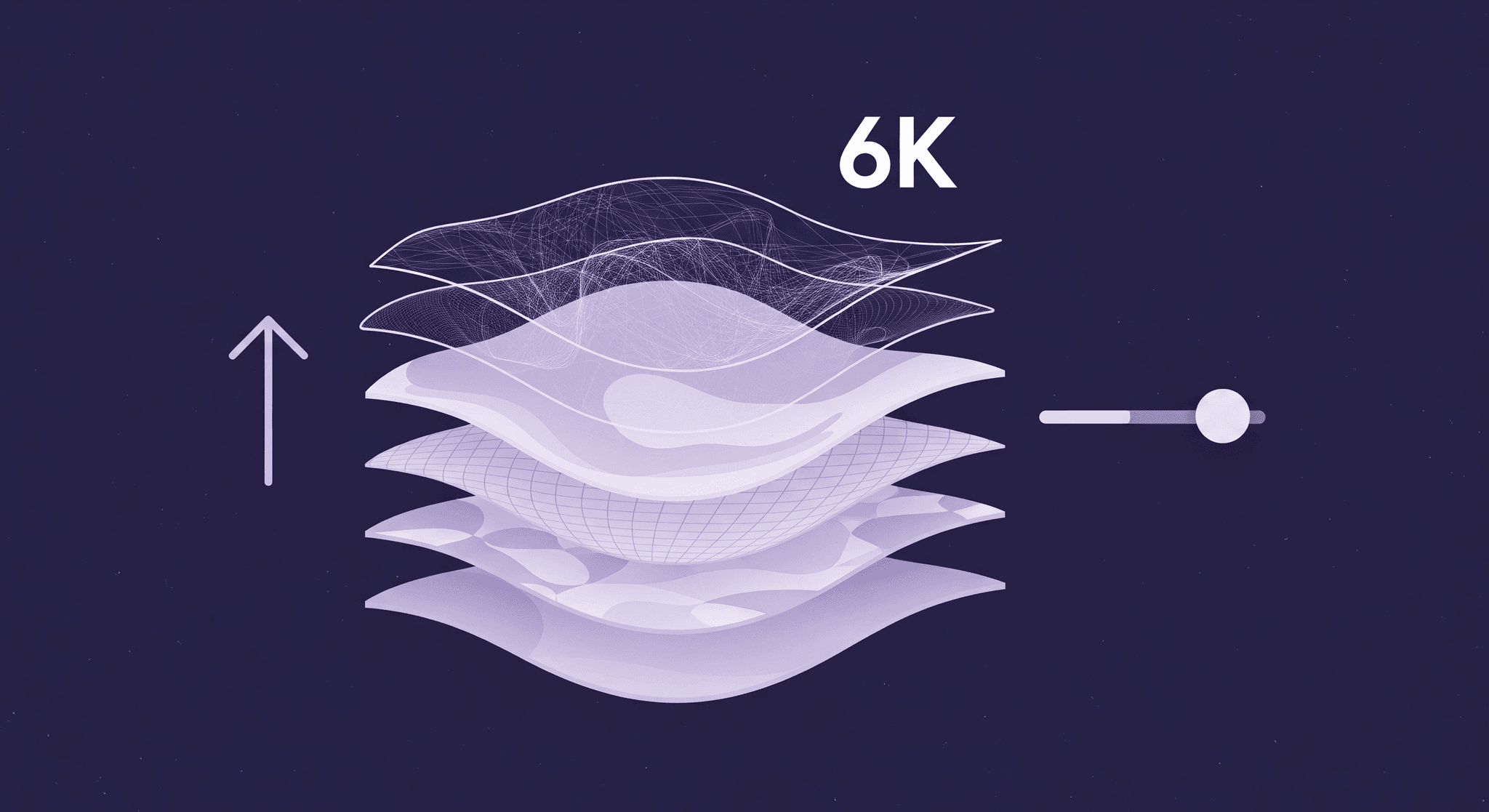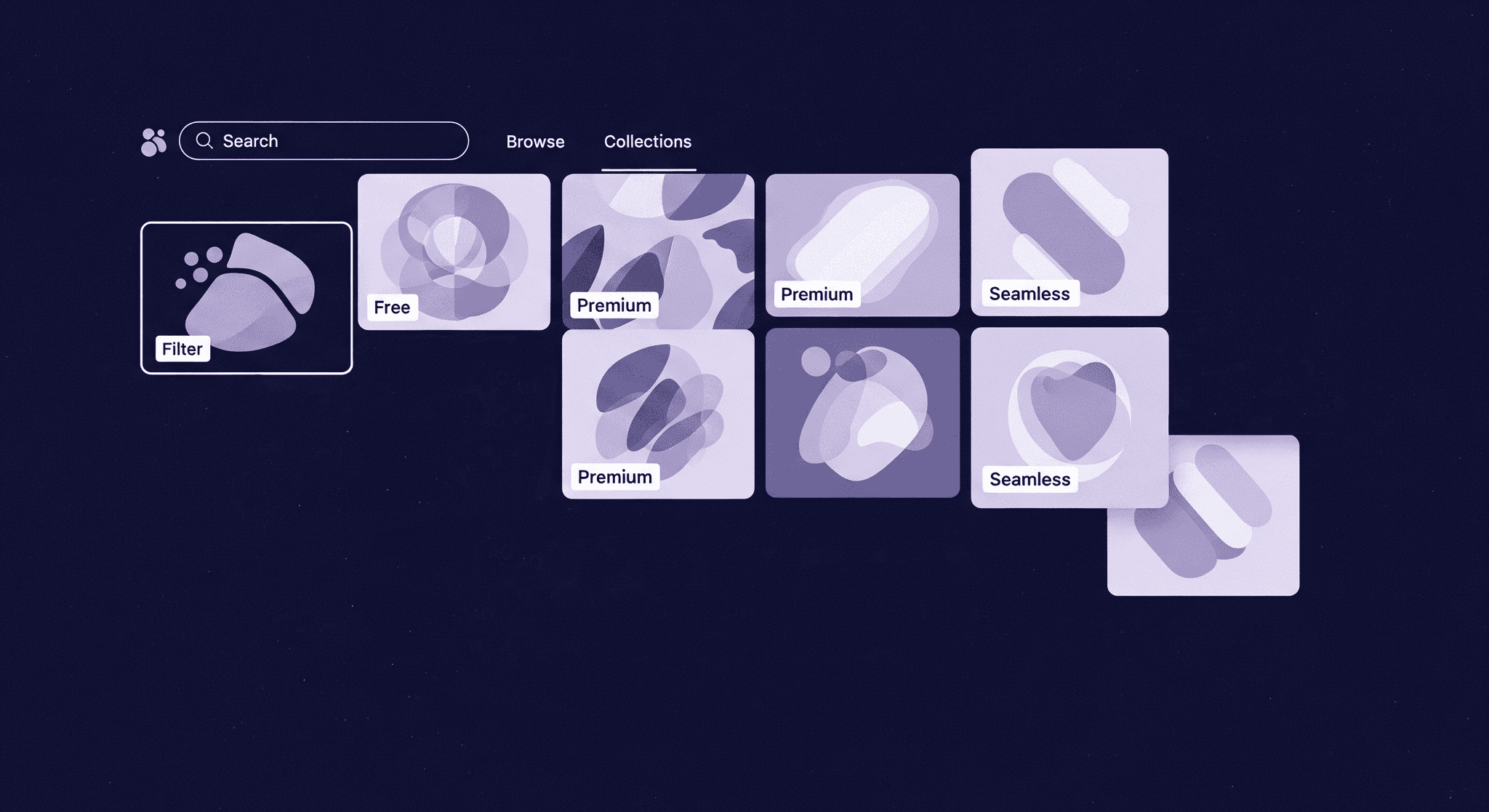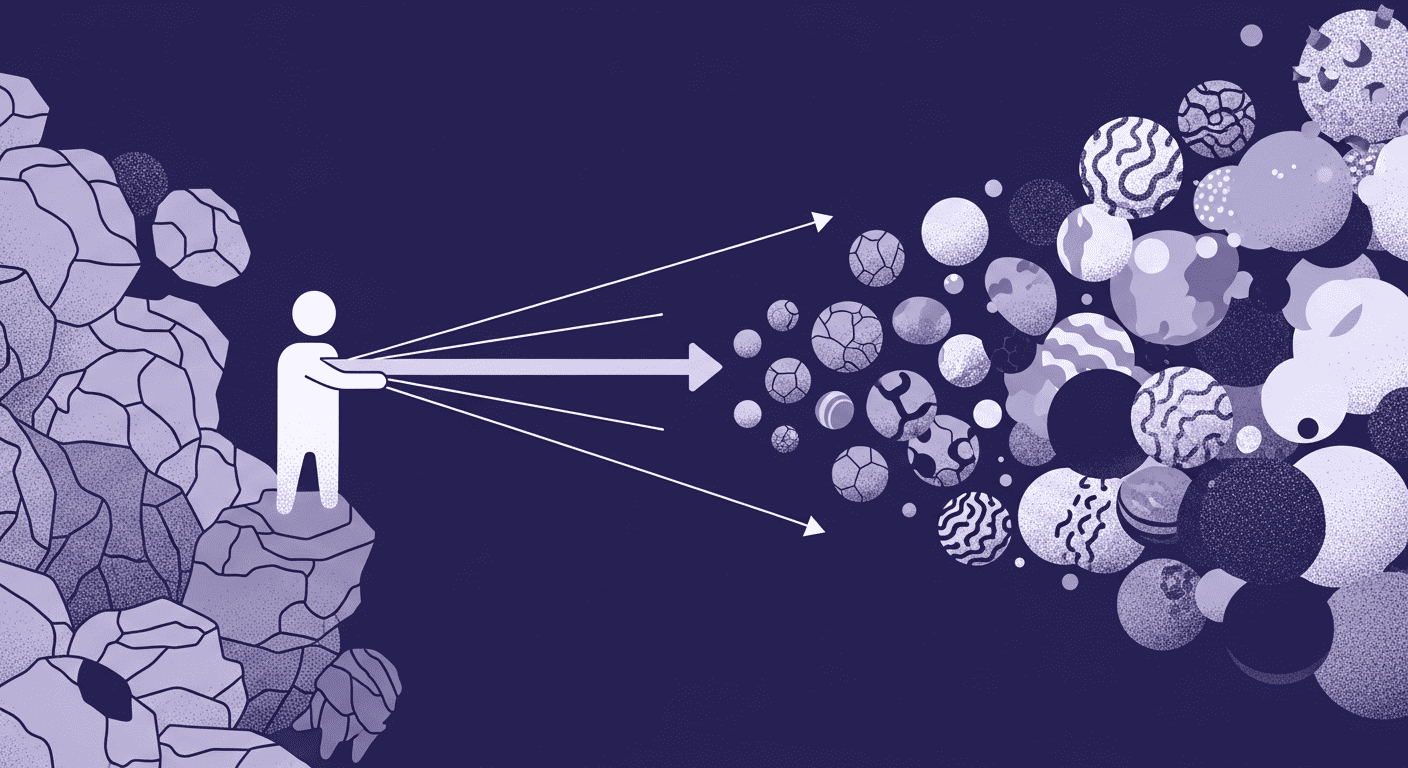What are tileable textures and why are they important in 3D design?
By Mira Kapoor | 16 May 2025 | 6 mins
Table of contents
Table of Contents
In 3D design, textures are crucial for creating realistic and immersive visual environments. Whether in gaming, architecture, fashion, or virtual reality, textures add detail, depth, and authenticity to digital objects. Tileable textures are a specific type of texture that designers use to cover large surfaces seamlessly, enabling uninterrupted patterns across a surface without visible breaks or edges. In this blog, we’ll dive into what tileable textures are, explore their importance in 3D design, and discuss how they contribute to creating cohesive, lifelike digital environments.

What Are Tileable Textures?
A tileable texture (or seamless texture) is a texture designed to repeat in a way that forms a continuous, unbroken pattern when tiled horizontally or vertically. Unlike regular textures, tileable textures are crafted to align perfectly with themselves, creating a seamless transition between each repetition. This means that when a tileable texture is applied to a surface, no visible seams or edges appear, regardless of how many times the texture is repeated.
Tileable textures are especially useful for materials and patterns that cover large areas, such as grass, brick walls, fabrics, and wood grain. By creating a texture that tiles seamlessly, designers can maintain a consistent look across an object or environment without increasing file sizes or processing demands.
The Importance of Tileable Textures in 3D Design
In 3D design, tileable textures offer several benefits that make them essential for a variety of applications. Here’s why they’re so important:
Realism and Immersion
Realism is a primary goal in many 3D rendering projects. Tileable textures help achieve this by allowing designers to cover large surfaces without visible breaks or patterns. For example, a forest floor covered in grass or a stone wall can look cohesive and natural if the textures are tileable. In contrast, using non-tileable textures often creates obvious, repetitive lines that break immersion, reminding viewers that they’re looking at a digital environment.
Efficiency and File Size Management
Using a single, large texture file to cover an entire surface can significantly increase memory requirements, slowing down rendering performance and consuming valuable processing power. Tileable textures allow designers to use smaller texture files that repeat seamlessly across surfaces, reducing memory consumption without sacrificing quality. This is particularly valuable in gaming and virtual reality, where performance and efficiency are essential for maintaining smooth user experiences.
Versatility Across Different Scales
Tileable textures are highly adaptable, enabling designers to apply them to objects and environments of any size. For example, a tileable stone texture can be used on anything from a small cobblestone path to an expansive castle wall. Because tileable textures are designed to repeat without visible seams, they retain their quality and realism, regardless of the scale at which they’re applied.
Reduced Workload
By using tileable textures, designers can save considerable time in the texture creation process. Rather than crafting large, high-resolution images to cover an entire surface, designers can focus on creating a small, seamless pattern that can be easily repeated. This approach speeds up the design workflow, freeing up time for refining other elements of the project, like lighting, composition, and interactivity.
Applications of Tileable Textures in 3D Design
Gaming
In gaming, tileable 3D textures are essential for creating immersive worlds. Large environments, like landscapes, forests, or cityscapes, require vast areas to be covered with materials such as grass, dirt, brick, and concrete. Tileable textures allow game designers to apply these materials without sacrificing realism or performance. For open-world games, where players can explore massive virtual landscapes, tileable textures help create continuity, ensuring that players remain fully engaged with the environment.
Architecture and Interior Design
In architectural visualization, tileable textures are often used to represent materials like wood, stone, and metal. By using seamless textures, architects and designers can create realistic representations of floors, walls, and ceilings without visible seams. Tileable textures help ensure that virtual spaces look as close to real life as possible, making it easier for clients to visualize finished projects and make informed design choices.
Fashion and Product Design
In fashion and product design, tileable textures are used to showcase material properties such as fabric patterns, leather, and other surfaces. Designers can apply these textures to digital clothing, accessories, and product mockups, giving clients and consumers a realistic preview of the final product. By ensuring that patterns like stripes, polka dots, or tweed repeat seamlessly, designers can create consistent visual presentations that reflect the product’s actual look.
Techniques for Creating Tileable Textures
Creating seamless textures requires specific techniques to ensure that the texture edges align perfectly when repeated. Here are some common methods for creating tileable textures:
1. Offset Technique
The offset technique is one of the simplest and most effective ways to create a tileable texture. Here’s how it works:
- Offset the Image Use a tool like Photoshop to offset the image by half its width and height, making the edges meet in the center.
- Blend Seams Once the image is offset, use tools like the clone stamp or healing brush to blend any visible seams or lines in the center.
- Preview and Adjust After blending, preview the texture by tiling it across a surface to check for visible seams. Repeat the process until the texture is seamless.
2. Mirror Technique
The mirror technique involves duplicating and flipping parts of the texture to create symmetry, reducing the likelihood of visible seams:
- Duplicate and Flip Duplicate the texture, flip it horizontally and vertically, and align the sections to create a mirrored image.
- Blend Edges Use a soft brush or eraser to blend the mirrored sections for a more natural appearance. This technique works well for textures like wood, fabric, and tile patterns.
3. Use of AI Tools for Seamless Texture Creation
With the rise of AI-driven texture creation, generating seamless textures has become more accessible. Tools like Texturly allow designers to upload a base image, which the AI then processes to create a seamless, tileable texture automatically. Here’s how it works with AI:
- Upload Base Image Start by uploading a high-quality image you want to make tileable.
- Select Tileable Option Texturly’s AI analyzes the image and automatically removes visible seams to make it seamless.
- Adjust Settings Texturly allows customization options, such as adjusting the texture’s roughness or reflectivity, to create textures suitable for specific applications like physically based rendering (PBR).
- Export and Preview Export the tileable texture and preview it on your model to ensure it meets the project’s quality and realism requirements.
AI-generated tileable textures save significant time in the design workflow and make it easier to create realistic, high-quality textures for 3D environments.
Best Practices for Using Tileable Textures
To ensure the best results when using tileable textures in 3D design, follow these best practices:
- Use High-Resolution Source Images Start with a high-resolution image to create detailed textures. Lower-resolution images may produce visible artifacts when tiled, reducing the quality of the final output.
- Check for Repetitive Patterns Some textures may contain patterns that become obvious when repeated over large surfaces. Ensure that the pattern is subtle and doesn’t create visible repetition, which can detract from realism.
- Combine with PBR Maps for Added Realism For more depth and realism, create PBR maps (like normal, roughness, and metallic maps) to complement the base texture. These maps enhance the way light interacts with the texture, adding depth and detail that make the surface appear more lifelike.
- Preview Textures at Different Scales Test your tileable textures on surfaces of different sizes to ensure they remain seamless and high-quality across various applications. Adjust the scale as needed to achieve the best visual effect.
Conclusion
Tileable textures are indispensable in 3D design, providing the realism and efficiency needed for creating cohesive, high-quality visuals across large surfaces. By seamlessly covering objects and environments, tileable textures enhance immersion in digital worlds, whether in gaming, architecture, or product design.
With techniques like the offset and mirror methods or using AI-driven tools like Texturly, designers have powerful resources for creating seamless, tileable textures. As technology advances, the possibilities for creating high-quality, tileable 3D textures are expanding, promising new levels of creativity and realism in visual content creation. Embracing tileable textures enables designers to build virtual environments that feel real and engaging, ultimately enhancing the quality of 3D projects across a wide range of industries.

Mira Kapoor
Mira leads marketing at Texturly, combining creative intuition with data-savvy strategy. With a background in design and a decade of experience shaping stories for creative tech brands, Mira brings the perfect blend of strategy and soul to every campaign. She believes great marketing isn’t about selling—it’s about sparking curiosity and building community.
Latest Blogs

Unlock Ultra-Realism: The Advantages of 6K Textures in Design and...
PBR textures
3D textures

Mira Kapoor
Aug 6, 2025

Top Websites for High-Quality PBR Textures: Free & Paid Resources
PBR textures
3D textures

Max Calder
Aug 5, 2025

Unveiling Future Trends in AI Texture Generation
PBR textures
AI in 3D design

Mira Kapoor
Aug 4, 2025
